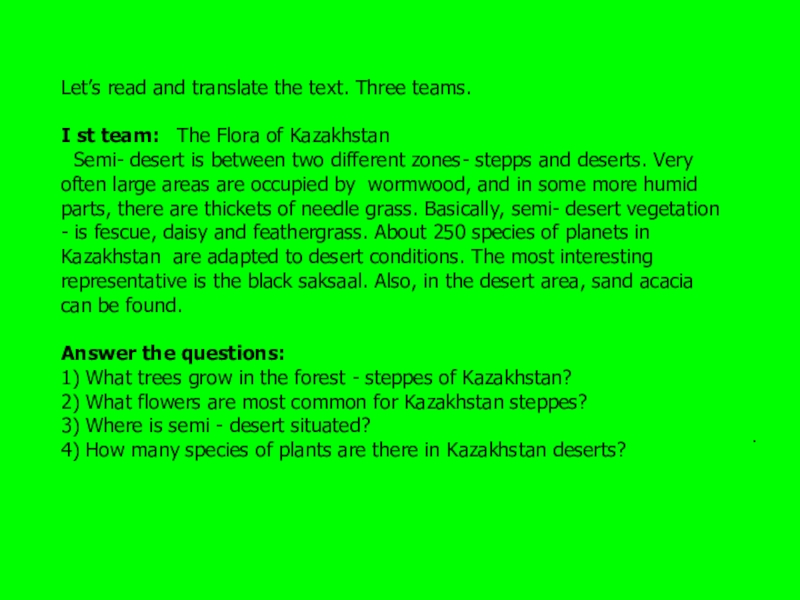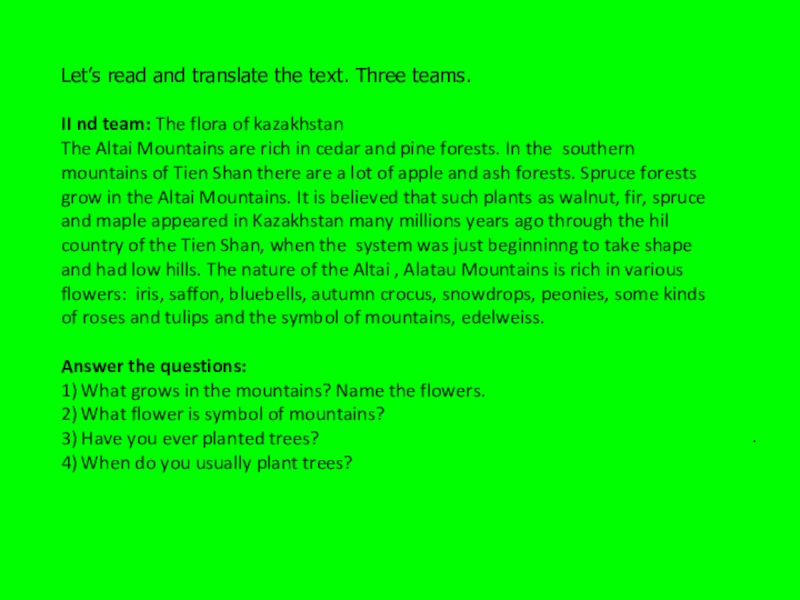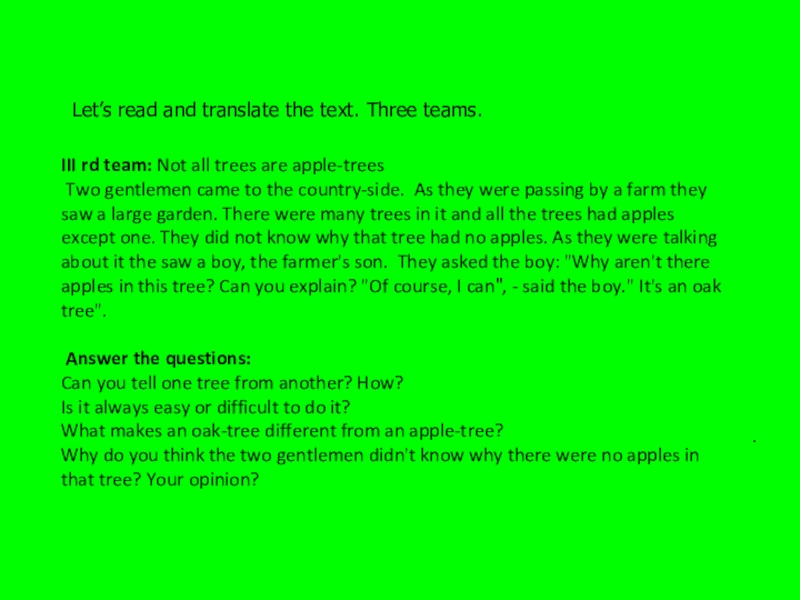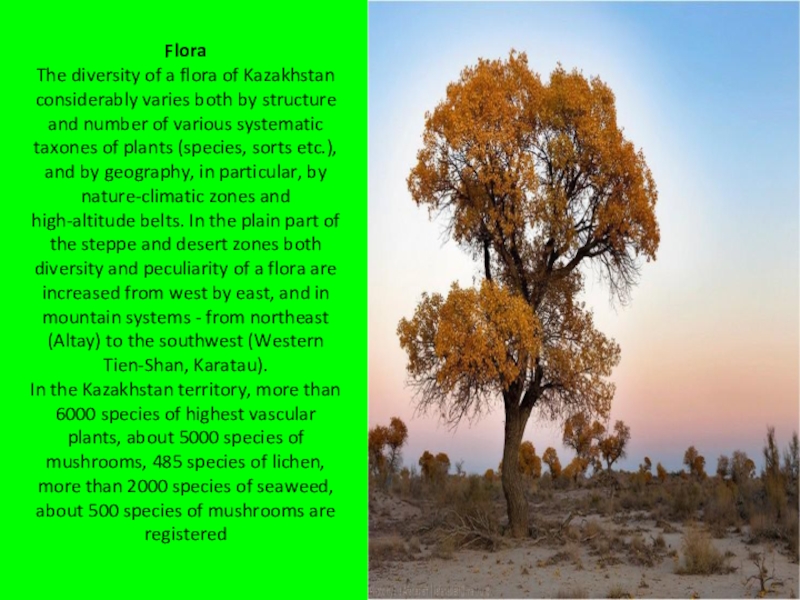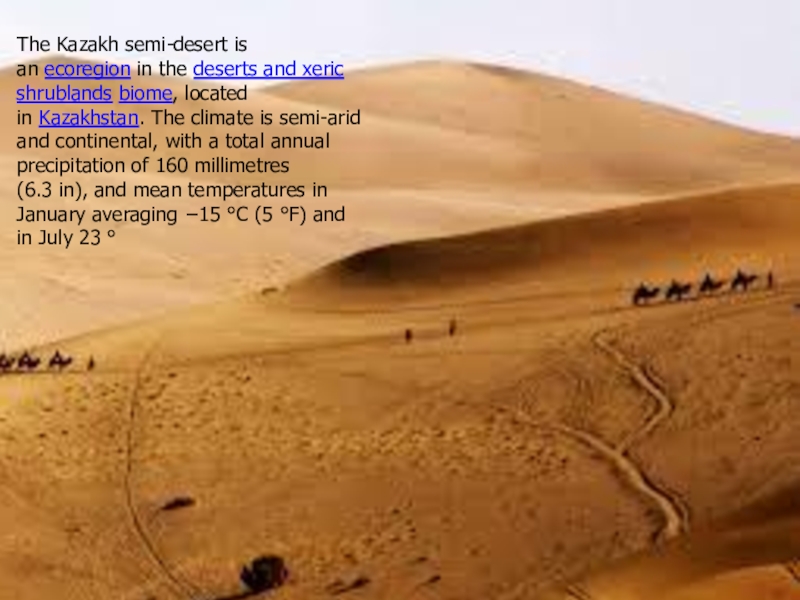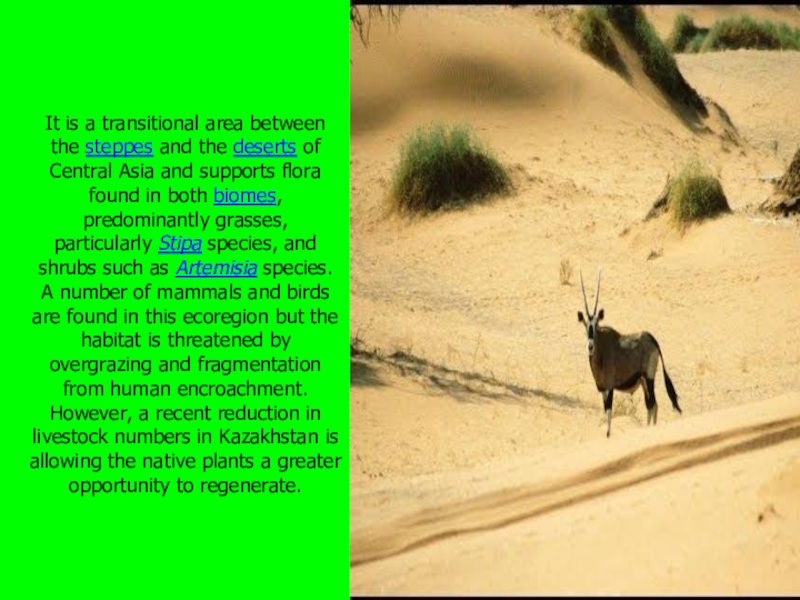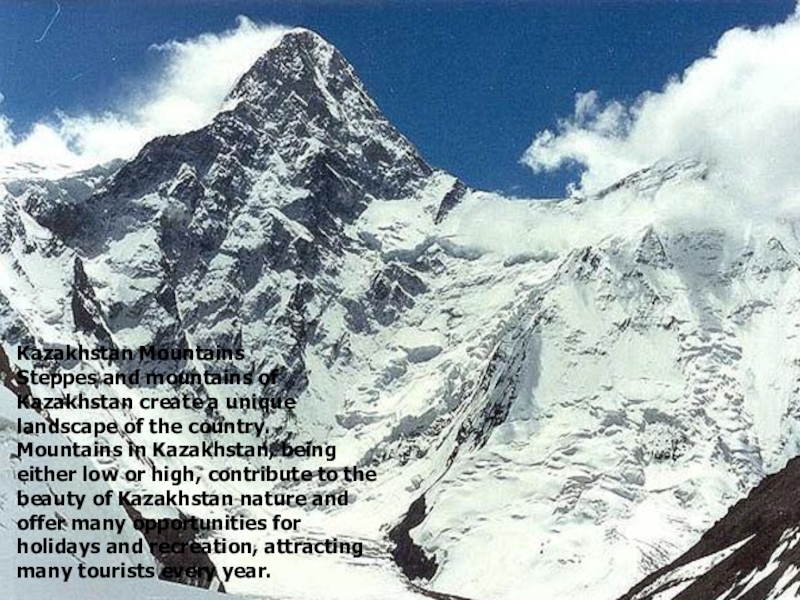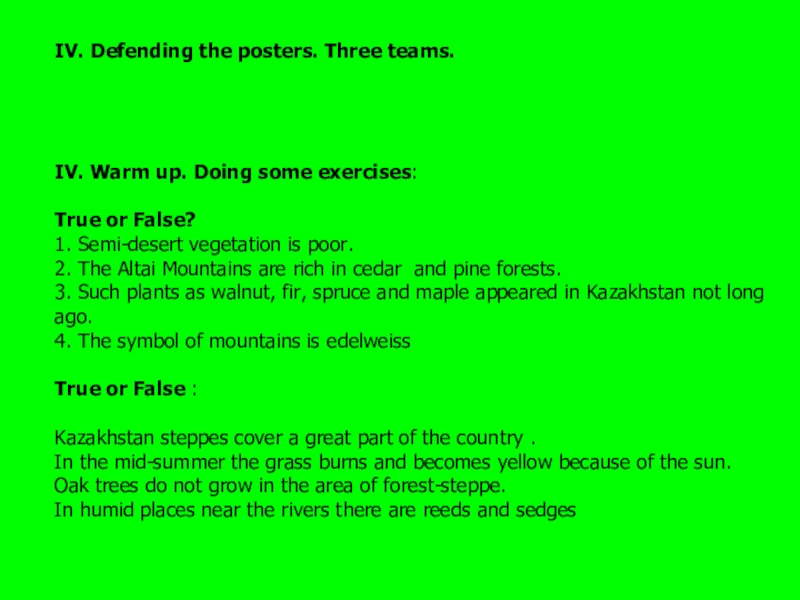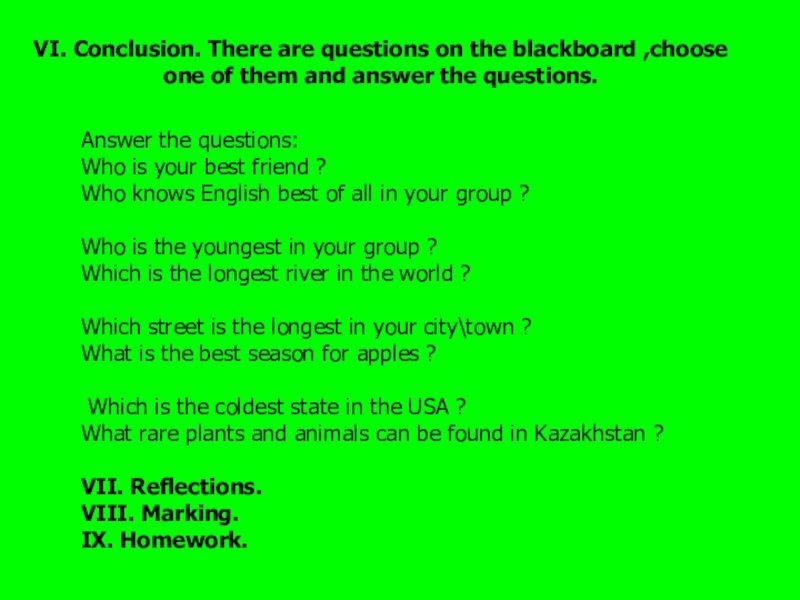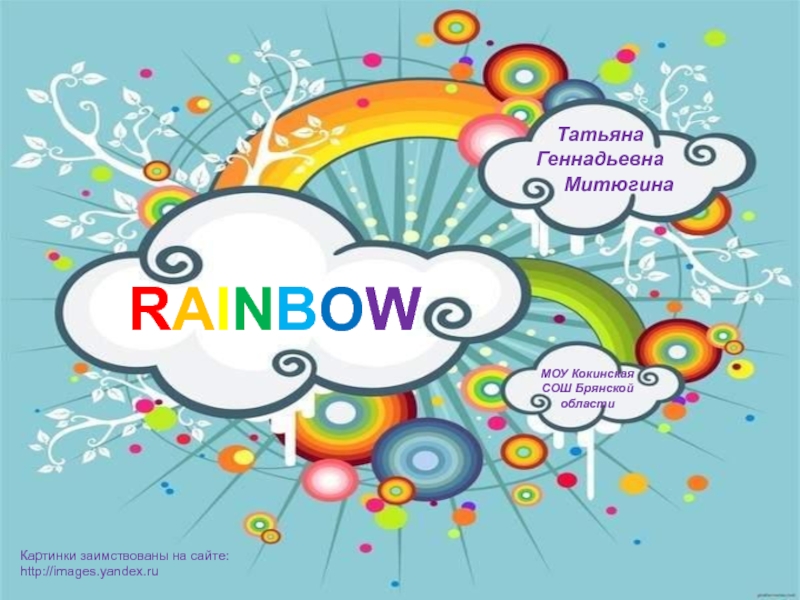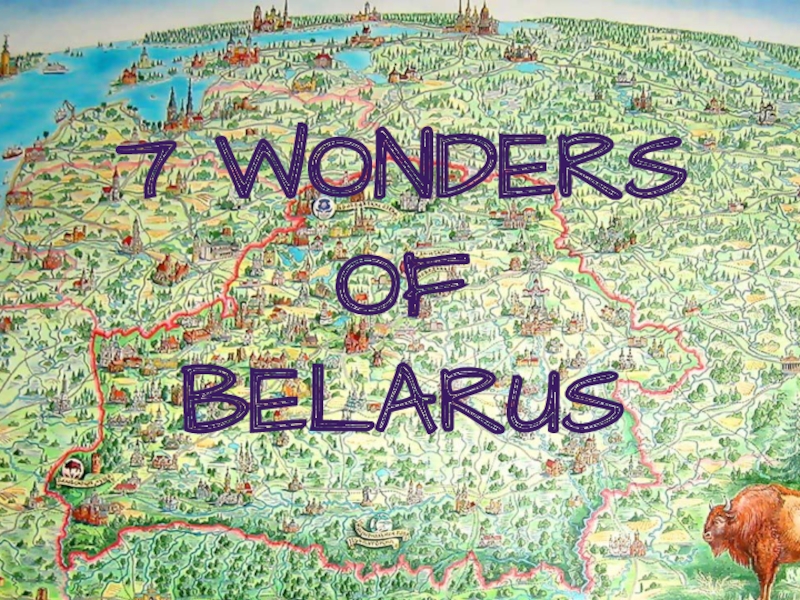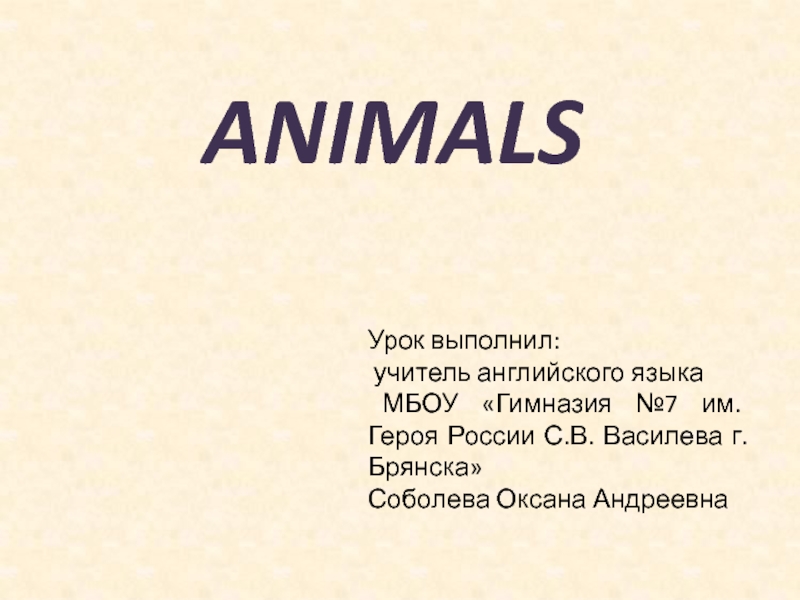Разделы презентаций
- Разное
- Английский язык
- Астрономия
- Алгебра
- Биология
- География
- Геометрия
- Детские презентации
- Информатика
- История
- Литература
- Математика
- Медицина
- Менеджмент
- Музыка
- МХК
- Немецкий язык
- ОБЖ
- Обществознание
- Окружающий мир
- Педагогика
- Русский язык
- Технология
- Физика
- Философия
- Химия
- Шаблоны, картинки для презентаций
- Экология
- Экономика
- Юриспруденция
The flora of Kazakhstan: Semi-desert and mountains
Содержание
- 1. The flora of Kazakhstan: Semi-desert and mountains
- 2. Aim of the lesson: .Give more information
- 3. Procedure of the lesson: .I. Organization moment:Greeting;
- 4. New theme: .III. Today we are going
- 5. Pronunciation: practise reading and saying
- 6. Let’s read and translate the text. Three
- 7. Let’s read and translate the text. Three
- 8. Let’s read and translate the text.
- 9. Kazakhstan flora and fauna overview Over six
- 10. Flora The diversity of a flora of
- 11. C (73 °F). The Kazakh semi-desert is an ecoregion in the deserts
- 12. It is a transitional area between the steppes and
- 13. Kazakhstan Mountains Steppes and mountains of Kazakhstan
- 14. IV. Defending the
- 15. Brush up your grammar:
- 16. Remember the irregular adjective and adverbs
- 17. Read and remember how
- 18. VI. Conclusion. There are questions on the
- 19. Thank s for Your attention
- 20. Скачать презентанцию
Aim of the lesson: .Give more information about the flora of Kazakhstan: semi-deserts and mountains. Work with textDevelop speaking, reading, writing , learning skill’sEducate pupil’s humanity, to feel proud of
Слайды и текст этой презентации
Слайд 1 OPEN LESSON The theme of the lesson: The flora of Kazakhstan: Semi-desert
and mountains.
8 th form
Слайд 2Aim of the lesson:
.
Give more information about the flora of
Kazakhstan: semi-deserts and mountains. Work with text
Develop speaking, reading,
writing , learning skill’sEducate pupil’s humanity, to feel proud of motherland.
The aids of the lesson: pictures and the interactive boards, slides.
Слайд 3Procedure of the lesson:
.
I. Organization moment:
Greeting; b) Marking and absentees;
c)
Talk with pupil on duty.
II. Checking the home task:
a) The
teacher puts shapes on the table and asks the students choose one of the shapes.b) Lets divide into three groups the names of plants.
Слайд 4New theme:
.
III. Today we are going to speak and to
discuss about the flora of Kazakhstan: semi-deserts and mountains.
Write
down today’s date. Today is 27th of January.Pronunciation: practise reading and saying the words:
[a:] - grass, large, parts, plants
[ae] - ash, apple, maple, saffron, black
[i:] - cedar, needle, believe
[e] - desert, fescue, feather grass
Answer the questions:
What trees grow in the forest-steppes of Kazakhstan ?
What flowers are most common for Kazakhstan steppes ?
Which do you like best: daisies, tulips of fleur-de-lis ?
Слайд 5Pronunciation: practise reading and
saying the words
.
Edellweiss [‘eid (ә)lvais]
еңлікгүл
эдельвейсWormwood [‘w] жусан полынь
Thickets of needle grass тікен шөп өскіні проросток колючника
Humid [` hju: mid] ылғал сырой,влажный
Fescue grass бетеге овсяница
Feather grass қау, боз ковыль
Cedar[`si: dә] самырсын кедр; пихта
Pine [ pain] қарағай сосна
Acacia [ә`keiSә] акация акация
Ash [aeS] шаған ясень
Spruce [ spru: s] шырша ель
Walnut [ `wэ: lnat] грек жаңғағы ореховое дерево
Peony [` pi:әni] таушымылдық пион цветок
Слайд 6Let’s read and translate the text. Three teams. I st team:
The Flora of Kazakhstan Semi- desert is between two
different zones- stepps and deserts. Very often large areas are occupied by wormwood, and in some more humid parts, there are thickets of needle grass. Basically, semi- desert vegetation - is fescue, daisy and feathergrass. About 250 species of planets in Kazakhstan are adapted to desert conditions. The most interesting representative is the black saksaal. Also, in the desert area, sand acacia can be found. Answer the questions: 1) What trees grow in the forest - steppes of Kazakhstan? 2) What flowers are most common for Kazakhstan steppes? 3) Where is semi - desert situated? 4) How many species of plants are there in Kazakhstan deserts?.
Слайд 7Let’s read and translate the text. Three teams. II nd team:
The flora of kazakhstan The Altai Mountains are rich in cedar
and pine forests. In the southern mountains of Tien Shan there are a lot of apple and ash forests. Spruce forests grow in the Altai Mountains. It is believed that such plants as walnut, fir, spruce and maple appeared in Kazakhstan many millions years ago through the hil country of the Tien Shan, when the system was just beginninng to take shape and had low hills. The nature of the Altai , Alatau Mountains is rich in various flowers: iris, saffon, bluebells, autumn crocus, snowdrops, peonies, some kinds of roses and tulips and the symbol of mountains, edelweiss. Answer the questions: 1) What grows in the mountains? Name the flowers. 2) What flower is symbol of mountains? 3) Have you ever planted trees? 4) When do you usually plant trees?.
Слайд 8 Let’s read and translate the text. Three teams. III rd
team: Not all trees are apple-trees Two gentlemen came to
the country-side. As they were passing by a farm they saw a large garden. There were many trees in it and all the trees had apples except one. They did not know why that tree had no apples. As they were talking about it the saw a boy, the farmer's son. They asked the boy: "Why aren't there apples in this tree? Can you explain? "Of course, I canʺ, - said the boy." It's an oak tree". Answer the questions: Can you tell one tree from another? How? Is it always easy or difficult to do it? What makes an oak-tree different from an apple-tree? Why do you think the two gentlemen didn't know why there were no apples in that tree? Your opinion?.
Слайд 9Kazakhstan flora and fauna overview Over six thousand kinds of plants
are growing in Kazakhstan (from them 515 - only here),
on its open spaces it is possible to meet about 500 kinds of birds, 178 kinds of animals, 49 kinds of reptiles, 12 kinds of amphibians, and in the rivers and lakes - 107 kinds of fishes. A variety of invertebrate animals here is even more: not only there are more then thousand kinds of insects. Mollusks, worms, spiders, crustaceous and others living in Kazakhstan are not less than 30 thousand kinds.Слайд 10Flora The diversity of a flora of Kazakhstan considerably varies both
by structure and number of various systematic taxones of plants
(species, sorts etc.), and by geography, in particular, by nature-climatic zones and high-altitude belts. In the plain part of the steppe and desert zones both diversity and peculiarity of a flora are increased from west by east, and in mountain systems - from northeast (Altay) to the southwest (Western Tien-Shan, Karatau). In the Kazakhstan territory, more than 6000 species of highest vascular plants, about 5000 species of mushrooms, 485 species of lichen, more than 2000 species of seaweed, about 500 species of mushrooms are registeredСлайд 11C (73 °F).
The Kazakh semi-desert is an ecoregion in the deserts and xeric shrublands biome, located
in Kazakhstan. The climate is semi-arid and continental, with a total
annual precipitation of 160 millimetres (6.3 in), and mean temperatures in January averaging −15 °C (5 °F) and in July 23 °Слайд 12It is a transitional area between the steppes and the deserts of Central Asia
and supports flora found in both biomes, predominantly grasses, particularly Stipa species, and
shrubs such as Artemisia species. A number of mammals and birds are found in this ecoregion but the habitat is threatened by overgrazing and fragmentation from human encroachment. However, a recent reduction in livestock numbers in Kazakhstan is allowing the native plants a greater opportunity to regenerate.Слайд 13Kazakhstan Mountains Steppes and mountains of Kazakhstan create a unique landscape
of the country. Mountains in Kazakhstan, being either low or high,
contribute to the beauty of Kazakhstan nature and offer many opportunities for holidays and recreation, attracting many tourists every year.Слайд 14 IV. Defending the posters. Three teams. IV. Warm up. Doing some
exercises: True or False? 1. Semi-desert vegetation is poor. 2. The Altai
Mountains are rich in cedar and pine forests. 3. Such plants as walnut, fir, spruce and maple appeared in Kazakhstan not long ago. 4. The symbol of mountains is edelweiss True or False : Kazakhstan steppes cover a great part of the country . In the mid-summer the grass burns and becomes yellow because of the sun. Oak trees do not grow in the area of forest-steppe. In humid places near the rivers there are reeds and sedges
Слайд 15
Brush up your grammar: Degrees of comparison:
1.Fill in the
gaps with the appropriate form of adjectives.
Слайд 17
Read and remember how to use these adjectives in
the sentences.
1. The shortest month of the year is
February2. Better late than never. (proverb)
3. Moscow is bigger than Almaty
4. I'm the youngest in the family
5. Mississippi is the longest river in the world
Слайд 18VI. Conclusion. There are questions on the blackboard ,choose one
of them and answer the questions.
Answer the questions:
Who is your
best friend ?Who knows English best of all in your group ?
Who is the youngest in your group ?
Which is the longest river in the world ?
Which street is the longest in your city\town ?
What is the best season for apples ?
Which is the coldest state in the USA ?
What rare plants and animals can be found in Kazakhstan ?
VII. Reflections. VIII. Marking.
IX. Homework.
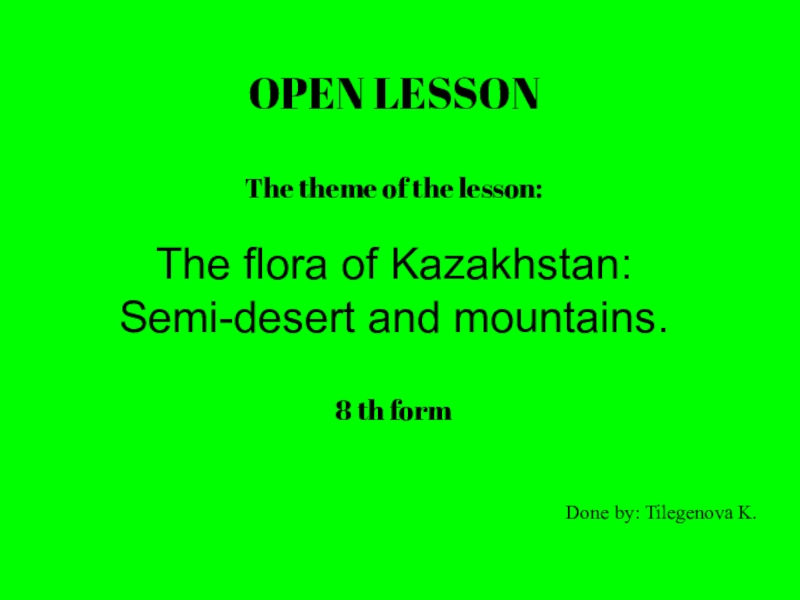


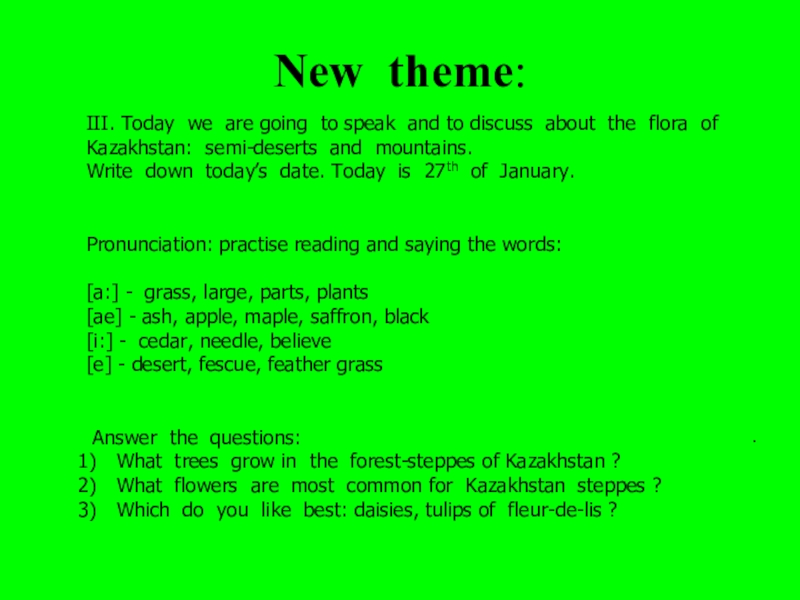
![The flora of Kazakhstan: Semi-desert and mountains Pronunciation: practise reading and saying the words .Edellweiss [‘eid (ә)lvais] Pronunciation: practise reading and saying the words .Edellweiss [‘eid (ә)lvais]](/img/thumbs/fabedbb0846fd1e64cee7951e723f52f-800x.jpg)
